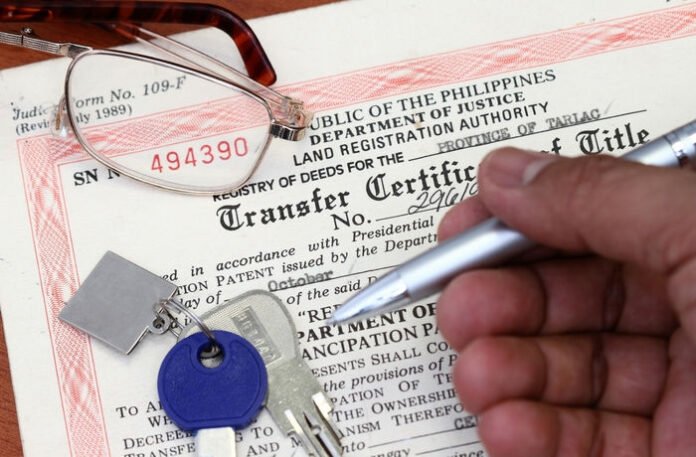“When people lack jobs, opportunity, and ownership of property, they have little or no stake in their communities” -John Kemp
Real estate property has often been regarded as a keystone of wealth and financial stability.
Needless to say, it is a big thing and a milestone for many. As it is a typically elaborate process that involves various contracts, massive amounts of money, and one’s trust in the seller, it is understandable for prospective homebuyers to approach this endeavor with caution. After all, you would not want to be fooled into buying something that is almost too good to be true. All that considered, a responsible homebuyer needs to ensure if a Condominium Title in the Philippines is clean and if their certificate authorizing registration in the Philippines is legitimate.
However, there is more to consider than just ascertaining whether your title is clean and legitimate. To ensure the safety and legitimacy of your property purchase, it is up to you to conduct your own diligence. Ideally, it is best to consult with licensed real estate professionals when buying property, but it is possible to check the veracity of the title you are about to purchase by yourself. In any case, below are some of the ways to check whether your title is real or fake based on the guidelines released by the Land Registration Authority (LRA).
1.) Check the Paper Material
Table of Contents
One of the initial things you can immediately check to spot a fake title is the outward appearance of the paper used. Only the Bangko Sentral ng Pilipinas is responsible for printing judiciary forms used in the preparation of the property titles. A special paper is used composed of 50% chemical wood pulp with artificially colored silk fibers and 50% cotton. Also, there are security features you need to look out for in its physical appearance to ensure its authenticity. You may check what these are on their website.
2.) Check the Copies
Always check the annotation, initials, signatures and technical description, and other component elements in the front and back of the original copy. Make sure that they are exactly the same as the duplicate as they are carbon copies. Even the slightest difference should be enough to make you suspicious.
3.) Check the Serial Number
Judicial forms contain serial numbers. On the original copy, it should be printed in red while it is black in the duplicate. Also, the serial number of the title should follow the serial numbers of the other titles from the specific Registry of Deeds where your title came from.
4.) Check the Dates
Another thing you need to check is the number assigned to the judicial form found in the upper left-hand corner of the form. Below that number is the year when the form was revised or printed. There is cause for worry if the judicial form of your title was prepared before the date when the form was printed or revised.
5.) Check the Title Number
Take a look at your title’s number—most especially the last two digits. These two digits should match the page number of the registration book which is printed and noted in the upper right corner of the title.
6.) Check the Reconstituted Tags
Lost or destroyed titles do not necessarily mean that there is no existing title. They do, however, need to be reconstituted. A reconstituted original copy of the title should contain the letters “RO” before its title number. On the other hand, a reconstituted transfer certificate of title should bear the letters “RT” before the title number.
7.) Check the Title and Seal
Your title’s duplicate copy must have the words “OWNER’S DUPLICATE CERTIFICATE” on the left side margin of the judicial form. Apart from that, there should also be a red seal—which should not stain or blot when it gets wet. This red seal should be affixed to the lower left corner of the form. Keep in mind, though, that the original copy does not contain any and either of these features.
8.) Check the Register of Deeds
To check the authenticity of your title, you may need to make a trip to the Register of Deeds. From there, you need to check if the person who signed the title was actually the Register of Deeds at the time the title was issued.
9.) Check the Entry Book
Also, you need to check the Primary Entry Book to see if the entry of a related transaction was issued based on a duly registered document.
10.) Check the Releasing Book
The releasing book should contain a title of such number that was released by the registry on that date. Check to see if it contains the title.
BOTTOMLINE
By following the steps above, you can mitigate the possibility of being scammed and victimized by fake titles. Typically, fake titles are cheap real estate properties being sold by syndicates. As a responsible prospective buyer, the burden rests solely on your shoulders in taking steps to ensure you have a legitimate and clean transaction.
After all, as the old Latin maxim goes, “Caveat Emptor” or let the buyer beware.
Read: How Do I Use The Jeet11 Fantasy Cricket App?


